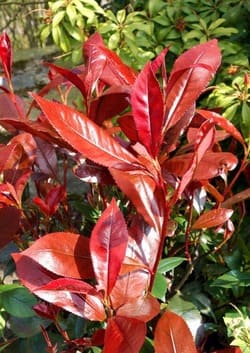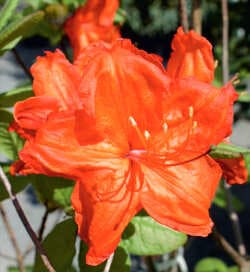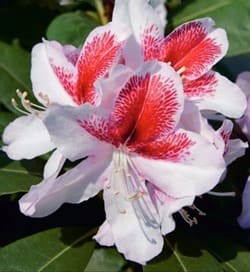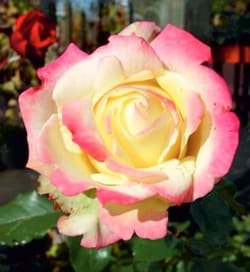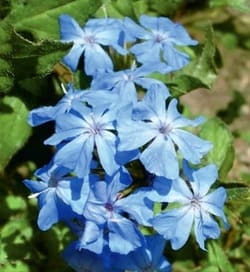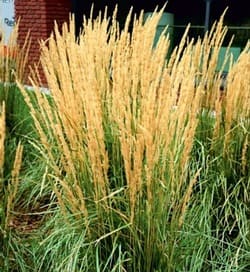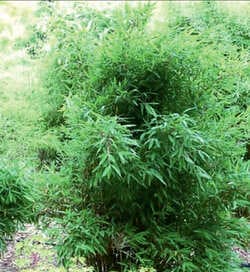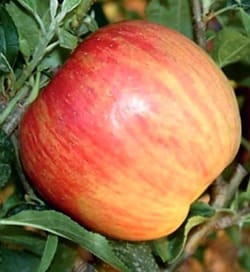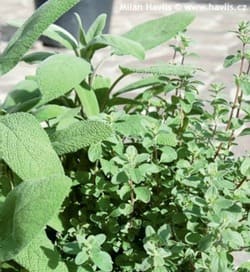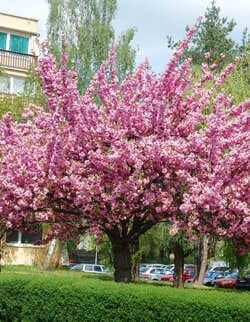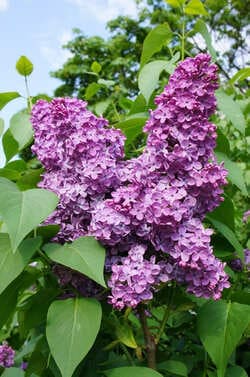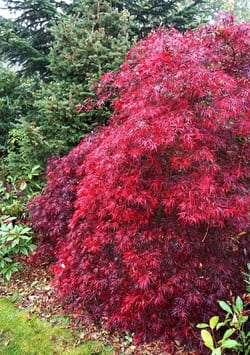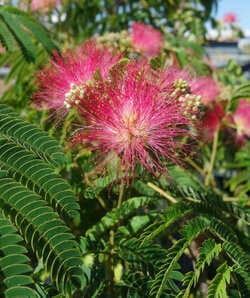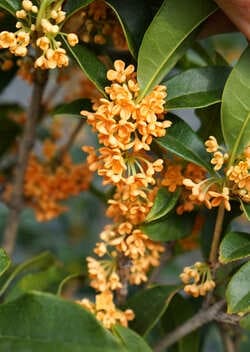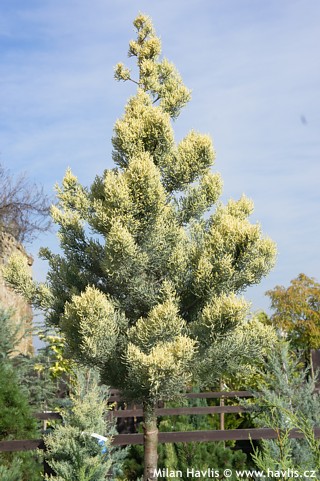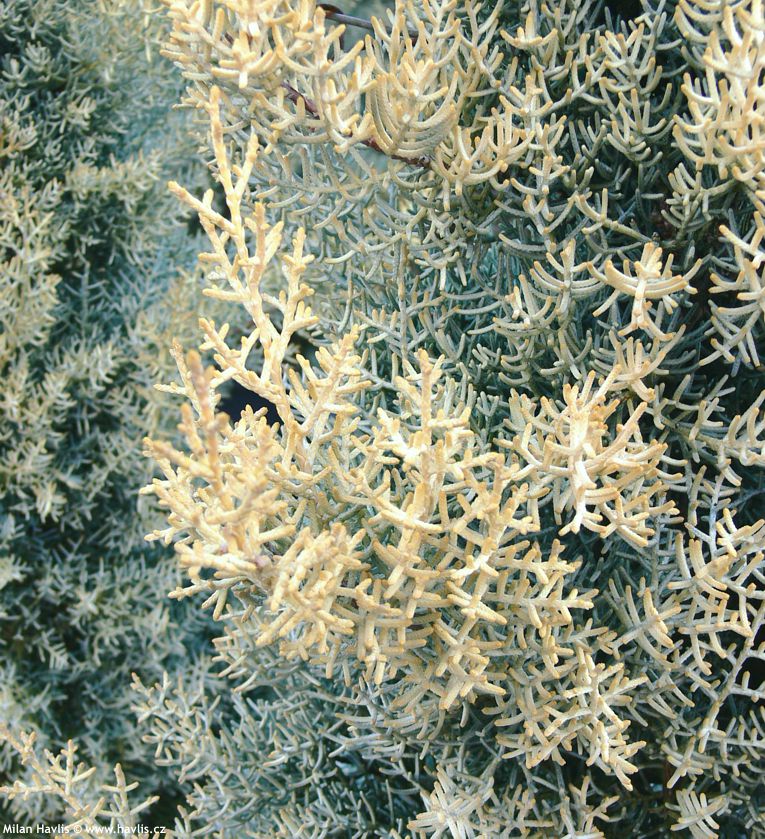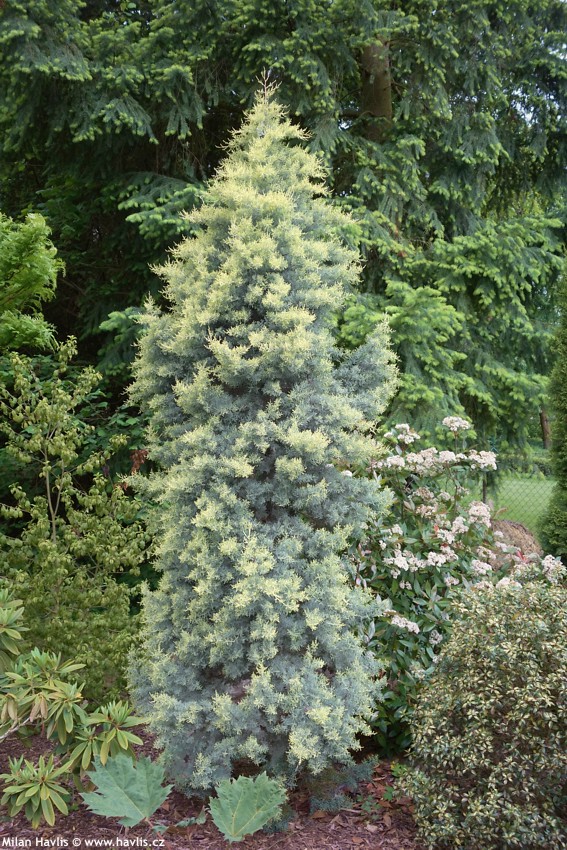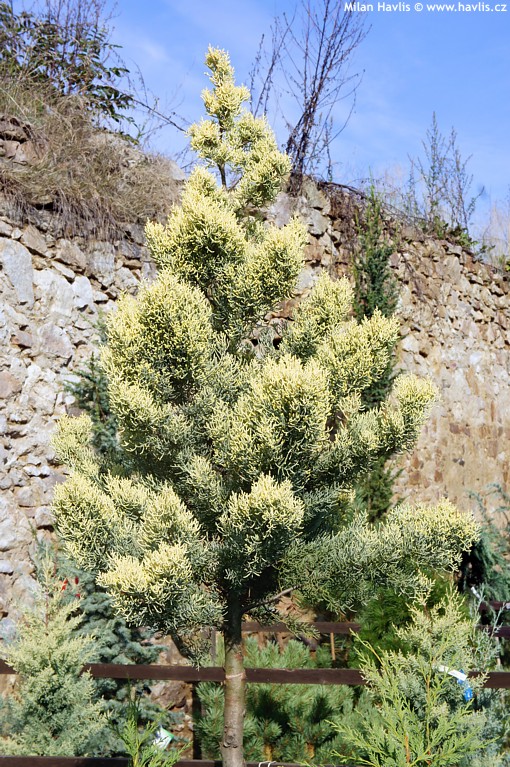Cupressus (Hesperocyparis) arizonica 'FASTIGIATA AUREA' Arizona cypress
Cupressus
The true cypress (Cupressus) is like an old wanderer among conifers – quiet, dignified, with a history reaching deep into antiquity. Or perhaps it was the other way around – a companion to many wanderers who once journeyed from town to town and rested in its resin-scented shade on hot days to gather strength for the road ahead. Its natural habitat spans the sunny slopes of North America, the Mediterranean, and Asia, where it became part of cultural landscapes and religious rituals. Its American counterpart – the Arizona cypress – originates from the southwestern United States and northern Mexico, growing at elevations up to 2000 meters. Among its relatives, it’s something of a rebel, refusing the typical green foliage and instead wearing a blue-green to silvery-blue coat that sparkles like a frosty jewel in winter sunlight and acts as a cooling veil in summer. It was first described in 1880 by American botanist George Engelmann (1809–1884), who contributed significantly to the documentation of western U.S. flora. Much later, only in 2009, it was formally reclassified into the genus Hesperocyparis based on genetic studies that separated New World species from Old World cypresses, reflecting its western origin and distinct DNA and morphology.
In medieval Europe, cypress trees became beloved features of monastic gardens, where their quiet shade and upright growth invited contemplation and rest. In Islamic culture, the cypress symbolizes humility and eternity – its slender silhouette often appears in Persian gardens and miniatures, never breaking, only gently bowing to the wind. In Mexico, where Arizona cypress is native, cypresses are planted near churches and town squares as green guardians that lend a ceremonial and peaceful atmosphere. And while in ancient Greece and Rome the cypress was associated with eternity and protection, today its evergreen branches and elegant form more often symbolize vitality and the connection between earth and sky. In some parts of the United States, it’s even used as a Christmas tree – its symmetrical shape and subtle fragrance evoke classic spruces, but with added elegance and a touch of exotic charm.
The cultivar Fastigiata Aurea of the Arizona cypress is a true delicacy among conifers. It likely originated as a horticultural selection in France during the second half of the 20th century, although precise details about its development are not documented in the literature. Unlike ‘Fastigiata’, it makes young shoots in a soft buttery yellow shade that gradually shifts to a silvery green over the season. With the arrival of cold days of autumn and winter, chlorophyll – the green pigment – partially retreats into the roots, allowing its exceptional beige tones to reclaim their dominance. It grows very narrowly, with branches pressed close to the trunk, forming a slender pyramidal to columnar crown that has a sculptural presence. The needles are soft, smooth, aromatic, and the bark remains reddish-brown, peeling in thin sheets. It doesn’t reach the height of its predecessor, typically growing to 4–6 meters under ideal conditions, with a width of up to 2 meters. Annual growth is up to 30 cm, and the plant bushes out nicely over time. Thanks to its compact habit, it’s well suited even for smaller gardens.
In landscapes it acts as a slim vertical accent that stands out thanks to its unique coloration. Its pale-yellow tones harmonize with almost any colour scheme – from dark-leaved shrubs to classic rhododendrons or cherry laurels with green foliage and brightly coloured flowers. We have used it in a Mediterranean-style landscape with drought-tolerant shrubs from the olive family (such as Phillyrea, Osmanthus, and Olea), and the result was stunning! In more traditional European gardens, it pairs beautifully with red-leaved deciduous trees and bluish conifers. It fits well into formal landscapes, modern plantings, or as a solitary specimen in naturalistic compositions. Pruning begins in late spring and can continue until mid-autumn but avoid cutting into older wood – not only will bare branches fail to regrow, but they also release sticky resin that remains soft for a long time and can easily stain clothing.
It’s not demanding in terms of care, but it does have its preferences. It loves sun – the more, the better. The soil should be well-drained, ideally light and sandy, with a neutral to slightly alkaline pH, though it tolerates acidic conditions as well. It dislikes waterlogging, so heavy clay soils require drainage. Watering is only necessary during prolonged dry spells – otherwise, it makes do with what the sky provides. Its reliable hardiness has been tested down to –25 °C without damage. During stronger and prolonged frosts, the light-coloured twigs on sun-exposed parts of the plant have shown signs of burning. It is not suitable for container cultivation.
Last update 20-02-2010; 23-09-2025
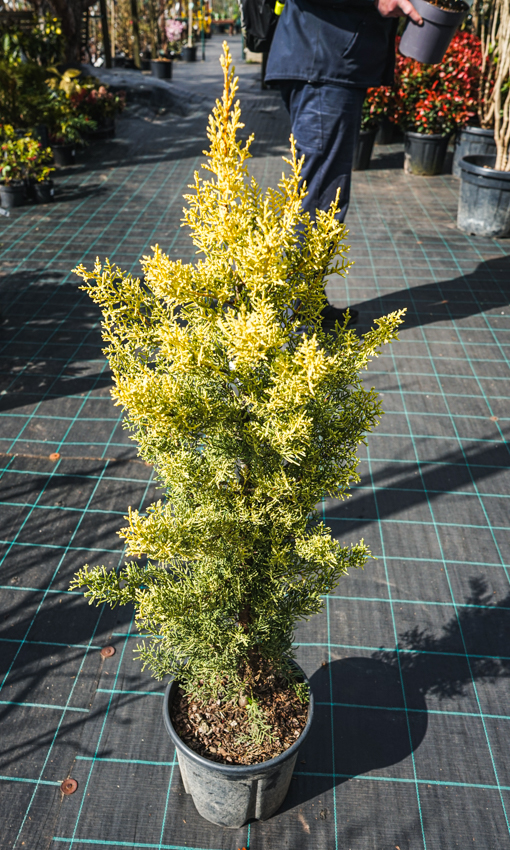
726,75 Kč

1 581 Kč
Goods are shipped all over Europe. For Russia and U.K. and for further details please read about SHIPPING OPTIONS HERE.
Are you interested in a serious discount for orders NOV-FEB? Check your options here.
THE PRICES INCLUDE VAT of 15%. For quick conversion you can use 1 CZK = approx. 0.04 EUR
- STANDARD QUALITY - Plants of this group are 1st class quality with number of branches and overall density adequate to their size and age, considering they were container grown.
- DE LUXE QUALITY - This label guarantees a luxurious quality of manually selected plants that, compared to their height and age, are exceptionally dense and beautiful.
- EXTRA - These plants are usually mature and bigger specimens with exceptional overall appearance.
- STANDARD (as described in the plant form) means a tree with a trunk of 190-210 cm and a crown at the top, unless specified differently. The commercial size for trees is their girth measured in the height of 1m from ground.
- HOBBY - These plants are of the same quality as our standard-quality plants but younger and therefore cheaper.
- SHRUB - a woody plant with branches growing bushy from the ground level.
- HALF-STANDARD or MINI-STANDARD - a small tree with shorter trunk, its size is usually specified.
- FEATHERED - These are trees with branches growing already from the base of the trunk and up along the stem.
- GRASSES and PERENNIALS - Sizes given usually read the diameter of the pot or the clump, as specified.









